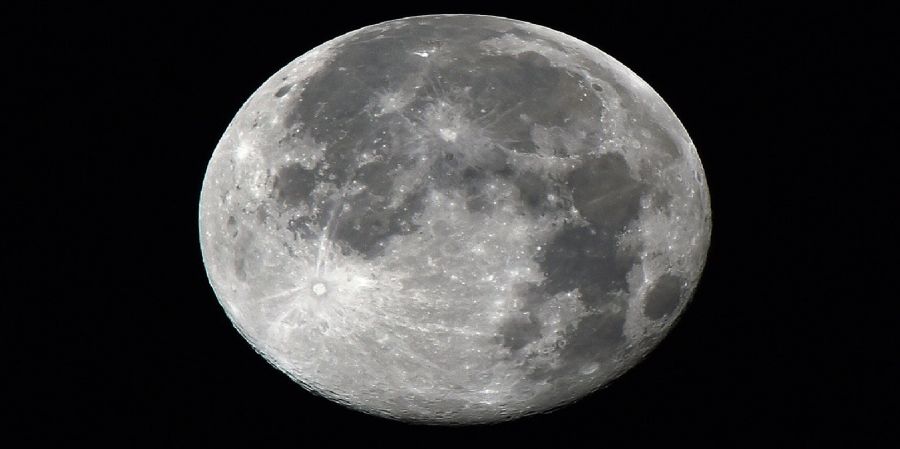

Hey guys . . . . Hope you are doing good and safe. Today we are going to see about the moon's primary phases. Let we start our blog . . .
What are moon phases and eclipses, and what do they mean?
The first quarter phase is represented by a half moon.
Waxing Gibbous: Between a half moon and a full moon, the waxing gibbous phase occurs. Waxing indicates that it is growing in size.
During full moons, we can see the Moon completely illuminated.
Waning Gibbous: Between a half moon and a full moon, the waning gibbous phase occurs. Waning indicates that it is shrinking.
Third Quarter: The third quarter moon is also known as a half moon. It's the other half of the moon, as seen in the first quarter moon.
As the Moon moves through its monthly cycle, it displays these eight phases one after the other. The Moon takes 27 days to orbit the Earth. The Moon's cycle is therefore 27 days long.
What is the definition of a lunar eclipse?
During a lunar eclipse, Earth blocks the Sun's light from reaching the Moon. That means that a full moon fades away during the night as Earth's shadow covers it.
Because the Earth's atmosphere absorbs the other colours while bending some sunlight toward the Moon, the Moon might seem reddish. Sunsets are orange and red due to sunlight bending through the atmosphere and absorbing other colours.
The Moon is illuminated by all of the Earth's sunrises and sunsets!
But why do eclipses happen in the first place?
The lunar orbit tilt is constant with respect to the stars throughout the year, but it varies with the Sun. It places the moon in the proper position to cross the Earth's shadow twice a year, generating a lunar eclipse.
When the Moon passes through the Ambra region of the Earth's shadow, it darkens substantially. Once it has fully entered the Umbra, the Moon will appear pale red as sunlight scatters through the Earth's atmosphere.
In fact, if you gaze at the eclipse from the moon's surface, you'll see the sun disappear behind the entire earth, bathing you in a warm red glow. When you arrive home, you'll have to stay up late to see the lunar eclipse, but if you do, you'll get a glimpse of the moon in an unusual form, as well as a fleeting glimpse of our own planet's long shadow.
Hope you guys like this blog . . .
Keep supporting . . .




